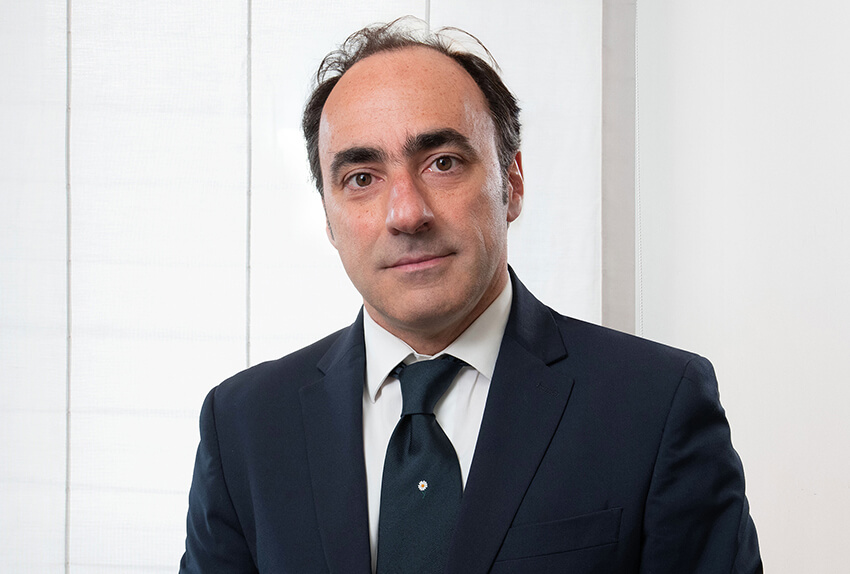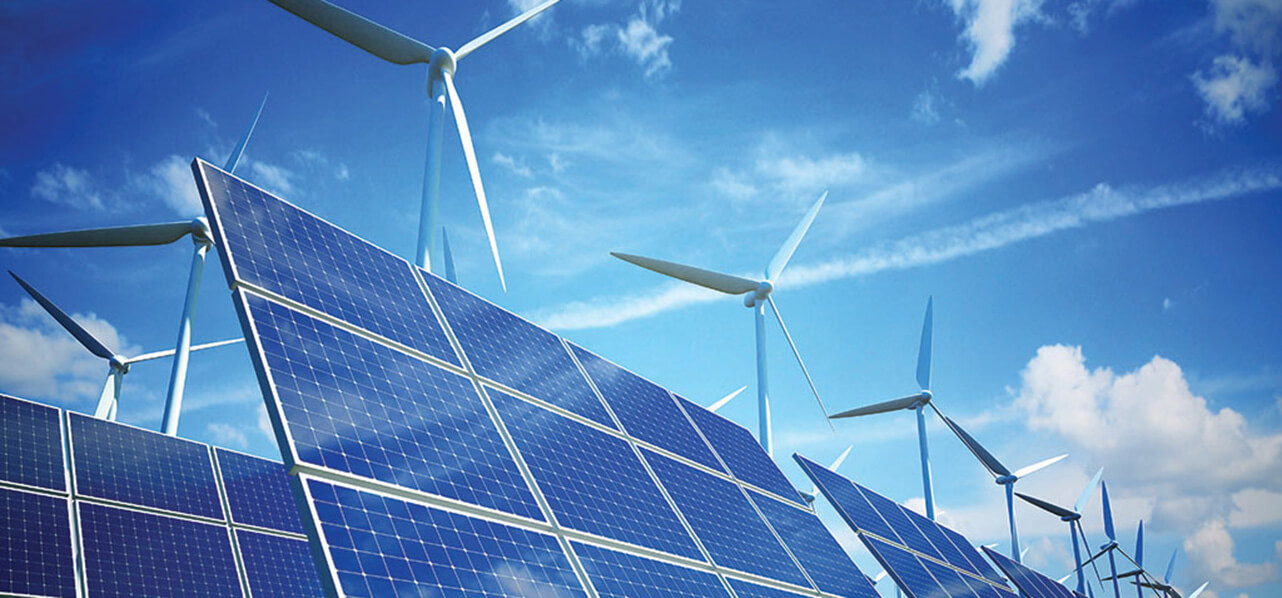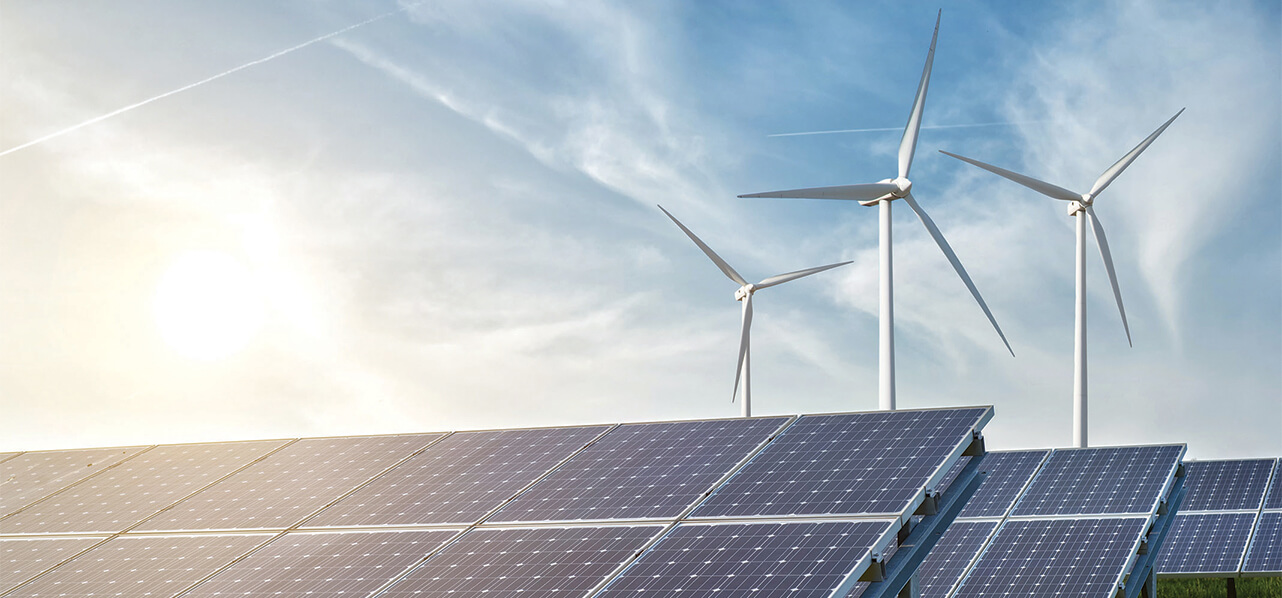Partner Rome
"The overall objective of the new regulation is to set binding targets for the establishment of a network of alternative fuel charging and refueling points for alternative fuels for cars, vans and trucks in Europe."
The regulatory framework on e-mobility in Italy is currently based on: (i) the Directive 2014/94/EU of the European Parliament and of the Council on the establishment of an infrastructure for alternative fuels (“DAFI”); and (ii) the National Infrastructure Plan for the recharging of electrically powered vehicles.
DAFI was implemented in Italy by Legislative Decree No. 257 of 16 December 2016, which introduced measures to promote and develop e-mobility in terms of both private and public infrastructures. DAFI and Legislative Decree no. 257 of 16 December 2016 was replaced on 13 April 2024 by a new EU Regulation 2023/1804 (published in the Official Journal of the European Union L 234 of 22 September 2023) on the implementation of infrastructure for alternative fuels (“AFIR Regulation”). This measure is part of the EU proposals for reducing net greenhouse gas emissions by at least 55% by 2030, the ’Fit for 55’ Plan.
The overall objective of the new regulation is to set binding targets for the establishment of a network of alternative fuel charging and refueling points for alternative fuels for cars, vans and trucks in Europe.
The main focus of the AFIR Regulation is the obligation for member states to ensure that a certain number of accessible charging stations, with a prescribed minimum power level, are installed along the TEN-T core road network.
The simplification of authorisation procedures for infrastructure
The current legislation provides for simplified authorisation procedures for the installation of charging stations. In particular:
- Decree-Law No. 77 of 31 May 2021, that aims to simplify procedures between public entities, charging point operators and distribution system operators (“DSOs”), requires that a party willing to install the recharging infrastructure on public land must submit to the public entity owning the road, an application for: (i) the occupation of public land; (ii) the construction of the recharging infrastructure; and (iii) realising the connection works to the distribution network, already agreed upon with the DSO. The public entity shall issue, within thirty days, an authorisation for the construction and occupation of public land for a minimum duration of ten years;
- Decree-Law No. 144 of 23 September 2022 provides that, upon receipt of an application for authorisation of installation, in order to ensure transparency and competition, a municipality shall: (i) publish the application on its institutional website, and that, (ii) after 15 days from the date of publication, the authorisation may be granted directly to the applicant if no other interested party has submitted a concurrent application. The same decree also states that, in the event that several entities submit an application and it is not possible or compatible with the planning of public areas to grant authorisation to several operators, authorisation will be granted on the basis of a transparent evaluation procedure to ensure impartiality, equal treatment and non-discrimination between operators; and
- On 12 January 2023, the Minister of the Environment and Energy Security (“MASE”) signed Ministerial Decrees No. 10 and No. 11, concerning “Criteria and modalities for the granting of benefits the realisation in urban centres of at least 13,755 fast charging infrastructures for electric vehicles”¹ and “Criteria and modalities for the granting of benefits the realisation on motorways of at least 7,500 super-fast charging infrastructures for electric vehicles”²
The public notice for the construction of EV recharging infrastructures in urban centres successfully selected projects that will allow the immediate installation of 4,718 electric recharging stations, for a total amount of around €70m (Ministerial Decree No. 10). Instead, the public notice for the presentation of project proposals for the construction of EV recharging infrastructure on motorways had a different outcome, and it was not possible to identify eligible proposals, with the consequent exclusion of all applications received² (Ministerial Decree No. 11).
"In 2022, charging points grew by 41% (10,748 units) and charging infrastructure by 46% (6,111 units), respectively."
Current market situation
By 31 December 2022, 36,772 charging points had been installed in Italy at 19,334 charging infrastructures and in 14,048 publicly accessible locations.⁴
At a national level, the National Recovery and Resilience Plan (“PNRR”)⁵ supports the development of e-mobility with €740m of funds for the installation of 21,400 fast and ultra-fast charging infrastructures by the end of 2025.
Mission 2 (Green Revolution and Ecological Transition) of Component 2 (Renewable Energy, Hydrogen, Grid and Sustainable Mobility) of the PNRR aims to invest in the Development of Electric Charging Infrastructure⁶ to install 7,500 fast charging infrastructures in suburban areas (excluding motorways) and 13,755 in urban centres, as well as 100 experimental charging stations with energy storage capabilities.
In 2022, charging points grew by 41% (10,748 units) and charging infrastructure by 46% (6,111 units), respectively. Comparing this data with that from 2021, during which charging points increased by 35% and infrastructure by 36%, there has been a significant acceleration in the growth rate.
In terms of charging power, 88% of the installed charging points are in alternating current (AC), while 12% are in direct current (DC). Moreover, these are installations with increasingly higher power ratings. In fact, the share of DC points doubled (in 2021, DC points were around 6%, compared to 12% in 2022), and the share of ultra-fast points (i.e. with 150+ kW) tripled in the last year.
Looking at the distribution between recharging points installed on public and private land, 72% of the detected recharging points are located on public land (e.g. roads) while the remaining 28% are on private land for public use (e.g. supermarkets or shopping centres).
Overall, more than 99% of the Italian territory has a charging point within a radius of 20 km and 86% within a radius of only 10 km⁷. The geographical distribution of public access charging points is distinctly uneven though, with 58% of said infrastructure located in Northern Italy, 22% in Central Italy Central and only 20% in the South and Islands.
At a European level, Italy has more charging points per circulating vehicle than the United Kingdom, France, Germany or Norway. Therefore, an overall analysis shows a situation that is fully in line with other countries. In particular, if we compare the number of recharging points with the number of vehicles on the road, it becomes clear that the delays in e-mobility development cannot be attributed to a lack of recharging points.
The issue is, in fact, that the increase in recharging points has not been accompanied by an equally rapid increase in registrations of electric vehicles. In December 2022, there were 170,000 BEVs circulating in Italy. In 2022, there was a 27% drop in the number of registered BEVs compared to the previous year, falling from 67,000 in 2021 to below 50,000 in 2022 (49,058). Market share also dropped to 3.7%, compared to 4.6% in 2021.⁸ Another barrier to the spread of electric cars is the high purchase price of such vehicles.
The trend seems to have improved slightly in 2023. The number of pure electric vehicles circulating in Italy on 30 June 2023 was just under 200,000, with fully electric registrations amounting to 32,684 units in the first six months of the year, an increase of +31.93% compared to the same period in 2022.⁹ The rate of registrations of electric vehicles (BEV+PHEV) recorded in Italy in the last two years (around 9% of total registrations), is not yet sufficient to reach the PNIEC targets for 2030, which were further increased in the last update proposal of 30 June 2023 from the 6 million electric passenger cars initially planned, to a new 6.6 million target. A major increase in registration is therefore needed to meet these increasingly ambitious targets.
At present, subsidies mainly support the purchase of endothermic cars and fail to offer real incentives to make consumers opt for electric vehicles.
Finally, in Italy, public charging rates for electric vehicles have increased significantly (between 5% and 50%) in 2022 compared to the previous year. However, this figure is not surprising given that the price of electricity on spot markets has more than doubled in the same time period. In this context, Italy is largely in line with other European countries in terms of the average price of electric vehicle charging services.¹⁰
"A significant proportion of the charging points installed on motorways or near motorway toll stations are built and operated by a subsidiary of the main motorway concessionaire."
Competition issues
The difficulty to easily access charging points on motorways is another major challenge as drivers prefer a charging experience as similar as possible to that of a conventional car.
Currently, a significant proportion of the charging points installed on motorways or near motorway toll stations are built and operated by a subsidiary of the main motorway concessionaire. No tenders have yet been published to allow other operators to install charging infrastructure on motorways on a large scale.
This is despite the fact that Article 1, par. 697 of Law No. 178 of 30 December 2020 (as amended by Article 12 of Law No. 118 of 5 August 2022, the so-called “Annual Law on the Market and Competition 2021“) requires that the installation of charging infrastructure on motorways should be carried out “through competitive, transparent and non-discriminatory procedures, respecting the principle of rotation“.
The Italian Competition Authority (“ICA”), in its annual report to the Italian Parliament (“Proposals for competition reform for the purposes of the annual law for the market and competition year 2023“), as in the past, advocates the introduction of tendering procedures for the installation of charging infrastructure on motorways. The ICA had promoted a regulation to be adopted by the Italian Transport Regulatory Authority (“ART”) aimed at identifying appropriate measures to ensure the effective launch of tenders by the motorway concessionaires for the award of electric vehicle charging services.¹¹
For this reason, last year, the ART issued Resolution No. 130/2022 with the precise aim of approving the measures for defining the tender schemes to be used by motorway concessionaires for the award of electric vehicle recharging services. The first tenders under the new competitive regulation are expected to be launched during next few months.
In its annual report, the ICA also hopes that the above-mentioned tenders will ensure cost containment for customers using electric vehicle charging services on motorways, without overemphasising the price component in the definition of the tender criteria.
"It is fundamental for the electrification of heavy goods vehicles to have a recharging infrastructure for public use across the whole of Italy."
Electrifying freight transport
The registration trends for Light-Duty Vehicles (“LDVs”), Heavy Duty Vehicles (“HDVs”) and buses have had contrasting results, with a significant increase in electronic registrations for LDVs compared to close to zero change in those for HDVs. Buses, like passenger cars, saw a decrease in both registration and electricity use in 2022.
It is fundamental for the electrification of heavy goods vehicles to have a recharging infrastructure for public use across the whole of Italy, enabling them to recharge during haulers’ compulsory rest periods (around 45 minutes every four hours and 800 km) and thus travel long distances. Considering the increasingly stringent European regulations on greenhouse gas emissions from freight transport, it is essential that Italy starts planning right now to lay out the necessary infrastructure to electrify heavy goods transport. This is also required by AFIR’s provisions regarding the distribution of recharging points on European roads (see par. 1).
Participation by electricity grid operators and other players across the freight transport chain will also be crucial in the planning of long-haul parking areas, especially given the high power required from the electricity grid to feed the Megawatt Charging System (MCS).
Sign up here to receive future updates in this series.
Click here to view the full article series.
Footnotes
[1] Ministerial Decree No. 10 of 12 January 2023 (see https://www.mase.gov.it/sites/default/files/styles/media_home_559/public/archivio/
allegati/PNRR/m_amte.UDCM.DECRETI%20MINISTRO%28R%29.0000010.12-01-2023.pdf).
[2] Ministerial Decree No. 11 of 12 January 2023 (see https://www.mase.gov.it/sites/default/files/styles/media_home_559/public/archivio/
allegati/PNRR/m_amte.UDCM.DECRETI%20MINISTRO%28R%29.0000011.12-01-2023.pdf).
[3] See https://www.mase.gov.it/sites/default/files/PNRR/m_amte.MASE.IE%20REGISTR
O%20DECRETI(R).0000417.30-06-2023.pdf
[4] Data: Motus-E, “Public charging infrastructures in Italy – Fourth Edition”.
[5] For the PNRR objectives see https://www.mef.gov.it/focus/Il-Piano-Nazionale-di-Ripresa-e-Resilienza-PNRR/
[6] M2C2 4.3
[7] Data: Motus-E, “Public charging infrastructures in Italy – Fourth Edition”.
[8] Data: Motus-E, “Public charging infrastructures in Italy – Fourth Edition”.
[9] Cfr. https://www.motus-e.org/analisi-di-mercato/giugno-2023-litalia-arriva-a-200-000-auto-elettriche-circolanti-ma-serve-una-rimodulazione-degli-incentivi-a-costo-zero-per-raggiungere-leuropa/
[10] Cfr. Energy & Strategy, “Smart Mobility Report”.
[11] See ART Resolution No. 130/2022 of 4 August 2022 (cfr. https://www.autorita-trasporti.it/delibere/delibera-n-130-2022/)




